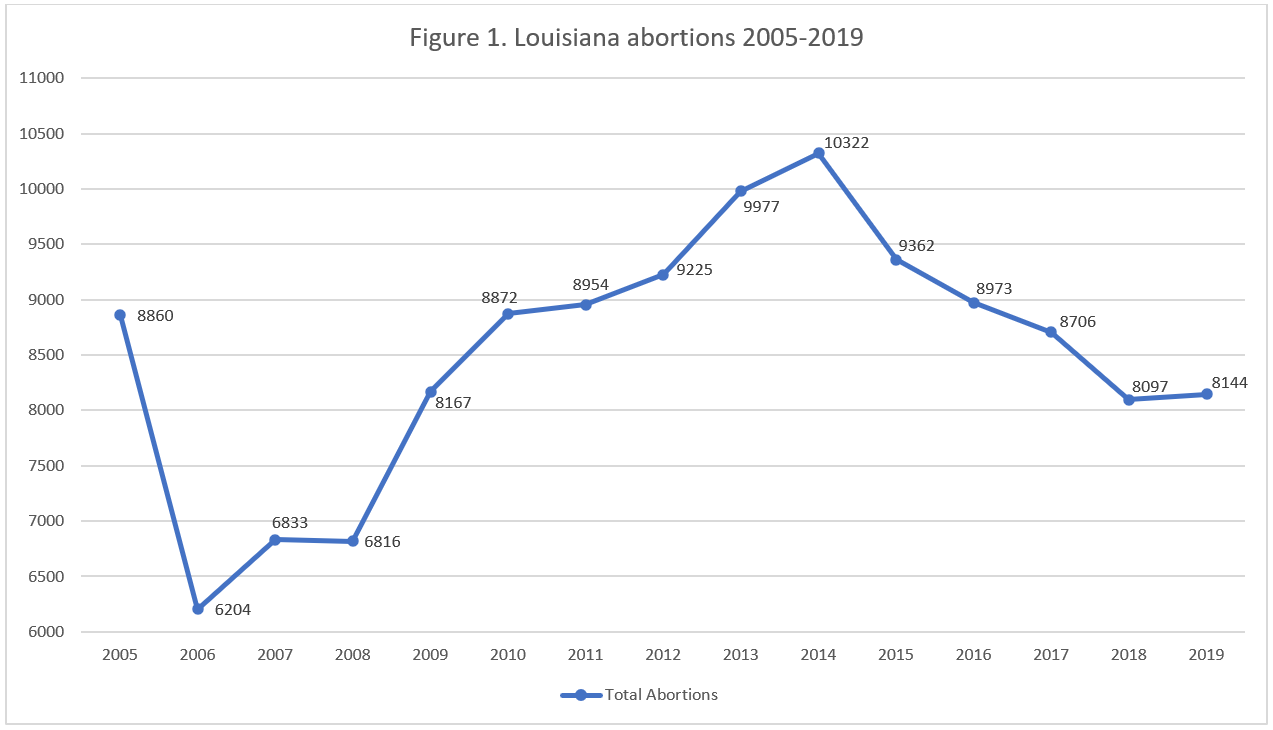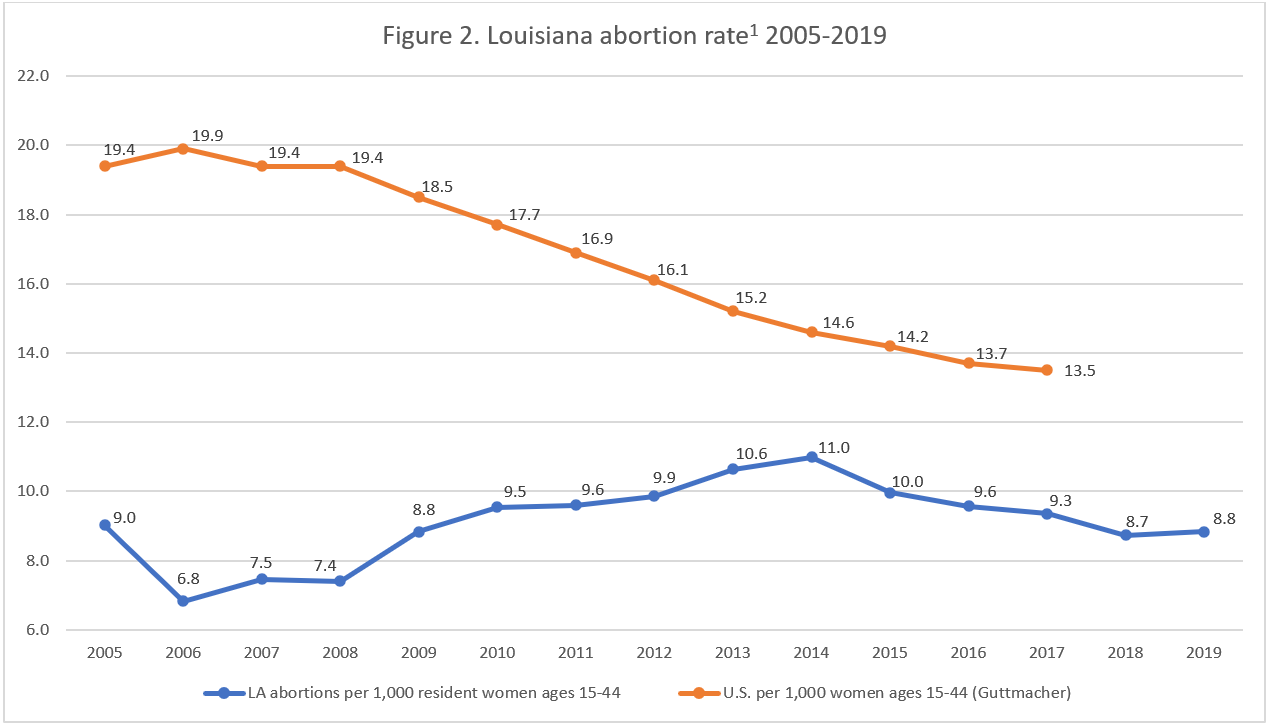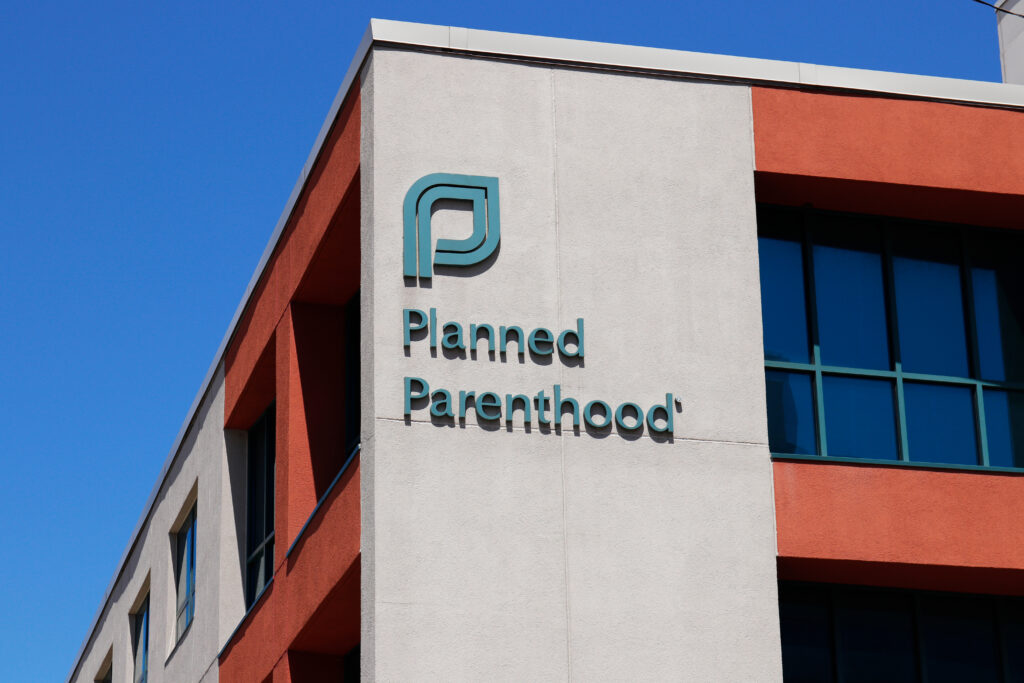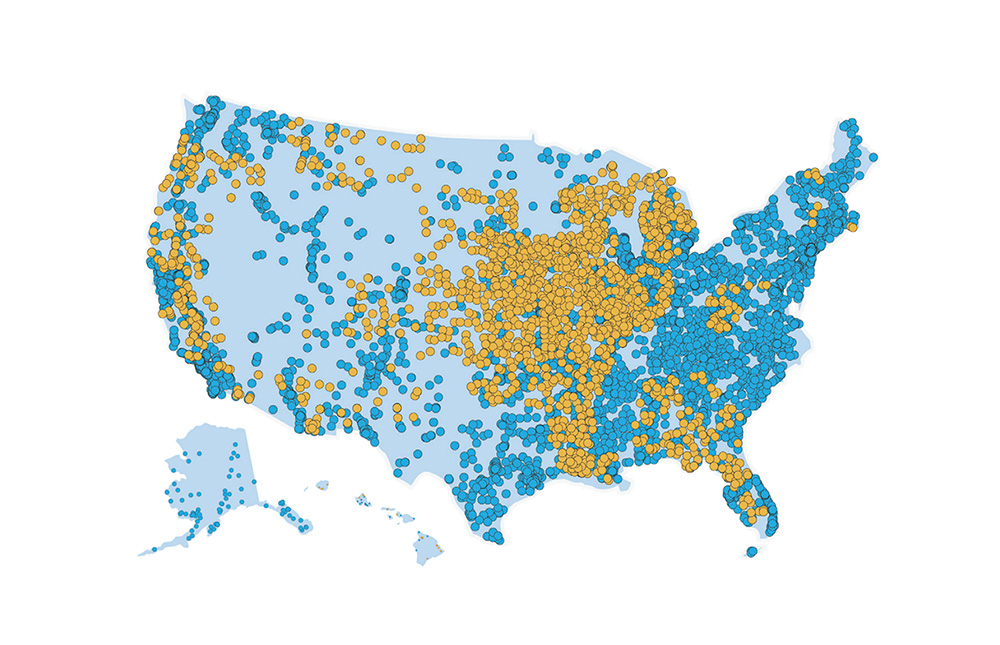Abortion Reporting: Louisiana (2019)
Louisiana’s 2019 abortion report was published online in March 2021. The report shows that abortions increased slightly from 2018.
Changes in Louisiana Abortions, 2018-2019

The number of chemical abortions occurring in Louisiana is not included in the abortion report.
Abortion Totals and Trends
There were 8,144 abortions reported in Louisiana in 2019, up 0.6 percent from the previous year (Fig. 1). The Charlotte Lozier Institute (CLI) estimates that Louisiana’s state abortion rate in 2019 was 8.8 abortions per 1,000 women ages 15-44. This was an increase of one percent from 2018, but much lower than the national rate (Fig. 2). As of September 2021, 39 states had released 2019 abortion statistics, of which 21 showed that abortions had increased from the previous year. Fifteen states have released statistics for 2020.
State Report Summary
In 2019, nine percent of the 8,144 abortions reported in Louisiana were performed on girls ages 19 and younger. Twenty-eight percent of the abortions were on women in their early twenties, and 31 percent were on women in their later twenties. Another 28 percent of the abortions were performed on women in their thirties, and three percent were obtained by women between the ages of 40 and 44. To protect confidentiality, Louisiana suppresses numbers smaller than five, and the numbers of abortions performed on women age 45 and older and women of unknown age were suppressed.
Sixty-three percent of Louisiana abortions were performed on black women. Twenty-six percent were on white women, and nine percent were on women of other races. One percent of the abortions were on women whose race was not reported. CLI estimates that Louisiana’s black abortion rate was 15.0 abortions per 1,000 women ages 15-44, almost four times the white rate of 3.9. Eighty-seven percent of the abortions were performed on unmarried women, 10 percent were on married women, and three percent were on women of unknown marital status.
Just over half the abortions reported in Louisiana (52 percent) were suction curettage procedures, and nine percent were dilation and evacuation abortions. The number of sharp curettage and prostaglandin abortions was suppressed, while 39 percent of the abortions were performed using some other, unspecified method. Louisiana does not report chemical abortions as a separate category; instead, they are grouped in the “other” category. However, it is likely that chemical abortions compose a large percentage of the abortion procedures reported as “other.”
The majority of Louisiana abortions (69 percent) occurred at or before eight weeks of gestation. Fifteen percent were performed between nine and 10 weeks, and seven percent were performed from 11 to 12 weeks of gestation. Five percent of the abortions occurred between 13 and 14 weeks, and three percent were performed between 15 and 16 weeks. Abortions declined after 16 weeks of gestation; there were 70 abortions (not quite one percent) between 17 and 19 weeks of gestation. The number of abortions performed at 20 weeks of gestation or later was suppressed. Louisiana limits abortion at 20 weeks post-fertilization (approximately 22 weeks of gestation), a point at which unborn babies are known to feel pain.
In 2019, three percent of the abortions occurring in Louisiana were performed because of the woman’s physical health, and one percent were performed for the woman’s mental health. There were 37 abortions (0.5 percent) performed due to rape or incest, and 26 abortions (0.3 percent) because of a risk of fetal deformity. The vast majority of Louisiana abortions, 95 percent, were performed for other reasons.
In addition to the information published in Louisiana’s abortion report, the Louisiana Department of Health provided CLI with data on the residency of women obtaining abortions in the state. Eighty-three percent of the abortions reported in Louisiana were performed on state residents, while 17 percent were obtained by women from other states. An additional 214 abortions were performed on Louisiana residents out-of-state, but the abortion report contains information for abortions performed in Louisiana only.
Information on the number of abortions performed at each abortion center in Louisiana is not yet available. However, the Louisiana Department of Health provided CLI with the number of abortions per parish. Louisiana has three abortion centers: Delta Clinic in East Baton Rouge Parish, Hope Medical Group for Women in Caddo Parish, and Women’s Health Care Center in Orleans Parish. In 2019, 40 percent of the abortions occurred in Caddo, 35 percent in Orleans, and 26 percent in East Baton Rouge.
Amendment 1
In 2020, Louisiana voters overwhelmingly supported Amendment 1, which establishes that Louisiana’s state constitution contains no right to abortion, joining Alabama, Tennessee, and West Virginia. The amendment protects the constitutionality of Louisiana’s pro-life laws; if Roe v. Wade is reversed, the amendment would prevent any right to abortion from being discovered in the state constitution. Voters supported the amendment 62 percent to 38 percent.
State Ranking
In 2016, a CLI survey of state abortion reporting ranked Louisiana as 10th best. However, Louisiana has fallen out of step with the majority of states by neglecting to report the number of chemical abortions occurring in the state. Louisiana could strengthen its reports by including this information. Additionally, Louisiana could improve its reporting by including data it already collects on complications resulting from abortion.


- Rates were calculated by CLI using the following formula: (total number of abortions performed in Louisiana ÷ number of resident women ages 15-44) x 1,000. Rates may differ slightly from previous CLI articles due to revised population estimates and abortion totals. Population estimates were obtained from the CDC WONDER database.























